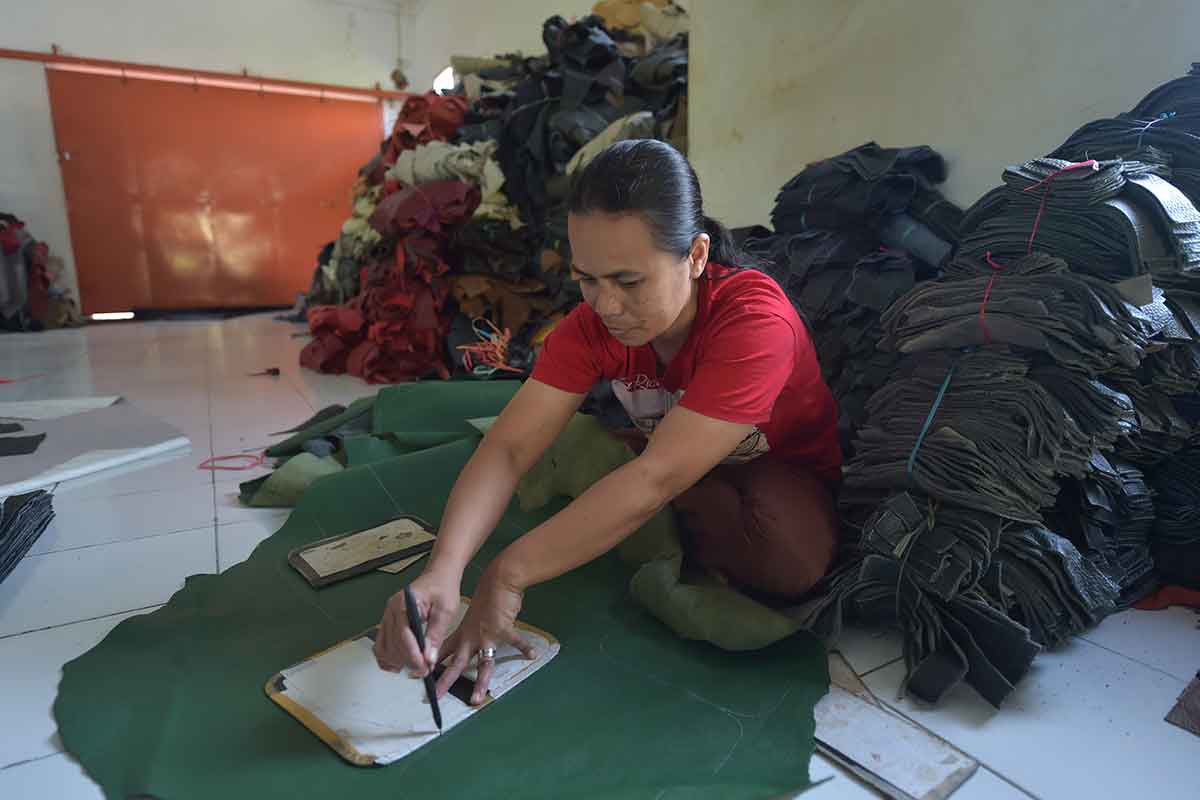The Regional Comprehensive Economic Partnership (RCEP) is said to be one of the biggest trade deals in the world. Spearheaded by ASEAN, it will encompass 25 percent of global gross domestic product (GDP), 45 percent of the total population, 30 percent of global income and 30 percent global trade. Other countries involved in this trade agreement are India, China, Japan, South Korea, Australia and New Zealand.
The idea was first mooted six years ago but after many rounds of negotiations and ministerial meetings, the trade deal has yet to come to fruition. However, some are optimistic that the deal may finally reach a conclusion this year.
Many are of the perception that the deal will only impact the big players in major industries. However, a closer look at the agreement will show that it could also be a boost to small and medium enterprises (SMEs) which comprise more than 90 percent of business entities across the 16 participating economies.
Impact on SMEs
The biggest advantage for SMEs if the trade agreement follows through is market access. Comprising almost half the planet’s population and 30 percent of global income and global trade, the RCEP is a wonderful chance for these companies to spread their wings and exploit the immense market potential open to them.
Such opportunities have been hard to come by for SMEs. According to a November 2017 report by German banking and financial services company Commerzbank AG, SMEs have been hit the hardest by the trade finance gap – whereby over half of trade finance transaction requests by them are rejected worldwide.
A 2017 survey by the Asian Development Bank (ADB) revealed that the share of the trade finance gap in developing Asia was 40 percent of the world’s total of US$1.5 trillion in 2016. SMEs (including micro enterprises) face the biggest challenge in accessing trade finance – representing 74 percent of total rejections in 2016, an increase from 57 percent the previous year. This high rate of rejection translates to missed trade opportunities which only impedes economic growth.
“A sizeable trade finance gap is a drag on trade, growth, and job creation,” said Steven Beck, Head of Trade Finance at ADB.
 Source: Various
Source: Various
Herein, the RCEP’s trade liberalisation features come to the fore as one of the trade pact’s targets is to support the growth of SMEs and their inclusion in the global value chain as part of the overall worldwide business landscape.
With market access unlocked, the world is an SME’s oyster. Trade financing would enable SMEs to easily export their products. As they grow larger, their inclusion in global supply chains would help them better realise economies of scale. Moreover, with technical cooperation with other more advanced industrialised nations like Japan, South Korea, New Zealand and Australia, SMEs elsewhere would be able to develop better, more competitive products.
This would also have a knock-on effect on the labour market. The ADB estimates that a 10 percent increase in trade finance globally could boost employment by one percent. Take for example the ASEAN market. According to the ASEAN Secretariat, SMEs employ between 52 percent and 97 percent of all workers. As SMEs grow and expand their businesses thanks to boons from the RCEP, they can create more job opportunities that would drive unemployment rates down.
However, there is still work to be done and challenges to be overcome. With a liberalised free trade area, SMEs will also be in competition with larger multinational companies (MNC) that have financial clout that SMEs can only dream of. This means SMEs must work harder and smarter to compete with MNCs given their relative lack of financial resources.
The first step to focus on is attracting better human capital. This would lead to better productivity for companies and subsequently closes the gap between themselves and their MNC counterparts.
According to Raymond Teo, adjunct faculty with the Singapore Management University, in a commentary published by the Singapore Business Review, SMEs must move to more transformative practices in human resource (HR) development – especially by turning to HR analytics.
“HR analytics optimises human capital use in the company, leading to better business outcomes. Today, HR analytics is regarded as the next big thing in workforce management. Companies use it for recruiting, retaining, and motivating employees,” he wrote, adding that “the degree of enthusiasm in its adoption among SMEs seems muted.
The opportunities are plentiful for SMEs as the RCEP inches towards completion. With the prospect of the agreement being inked by the end of this year, SMEs must move quickly or risk ending up on the losing end.
Related articles:
Doubts remain as RCEP inches closer to conclusion
Achieving a ‘high quality RCEP’
